Visitors 94,967 (in 2016) NRHP Reference # 66000836 Area 3.122 km² | Governing body National Park Service VLR # 043-0033 Added to NRHP 15 October 1966 Established March 2, 1936 | |
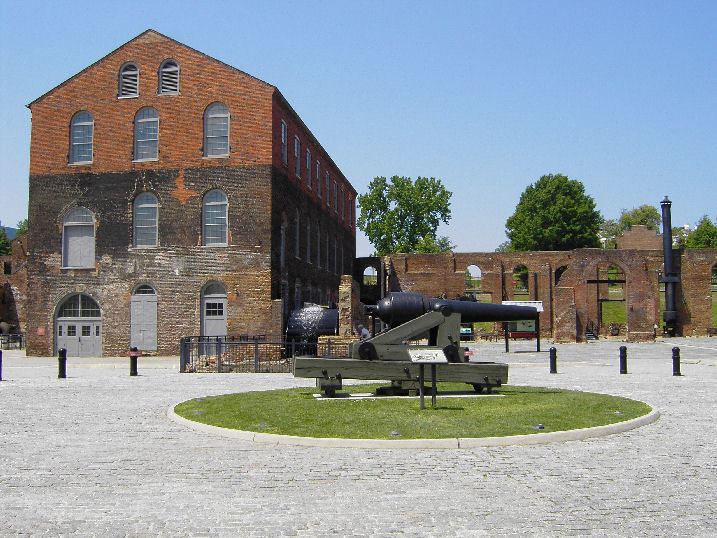 | ||
Website Richmond National Battlefield Park | ||
Cold harbor richmond national battlefield park
Richmond National Battlefield Park commemorates 13 American Civil War sites around Richmond, Virginia, which served as the capital of the Confederate States of America for the majority of the war. The park is focused around the home front within the city, defensive fortifications surrounding the city, as well as a number military actions taken in an attempt to capture or defend the city, including the Seven Days Battles of 1862, battles of the Overland Campaign of 1864, and the Richmond-Petersburg Campaign of 1864-65. Its various sites are spread across Richmond, Hanover County, Henrico County, and Chesterfield County.
Contents
- Cold harbor richmond national battlefield park
- Your richmond national battlefield parks in 2016
- HistoryEdit
- Biology and ecologyEdit
- Visitor activitiesEdit
- Park unitsEdit
- References
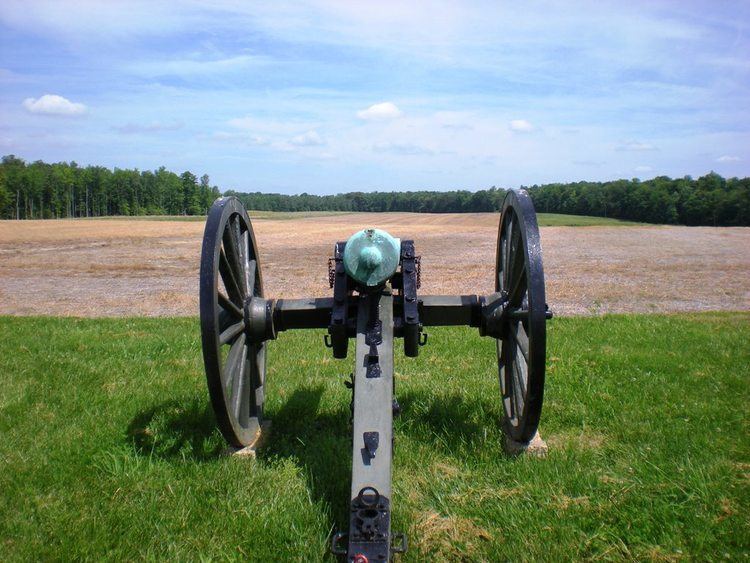
Your richmond national battlefield parks in 2016
HistoryEdit

As the industrial and political capital of the Confederacy, Richmond was the ultimate goal for the Union army and a major center of armed conflict throughout the Civil War, particularly during the Seven Days Battles and the Overland Campaign. After the Confederate attack on Fort Sumter in 1861, Virginia seceded to join the Confederacy; while individual people had a variety of personal reasons for supporting the Union or the Confederacy, the conflict was centered upon contention over the existence and expansion of slavery.
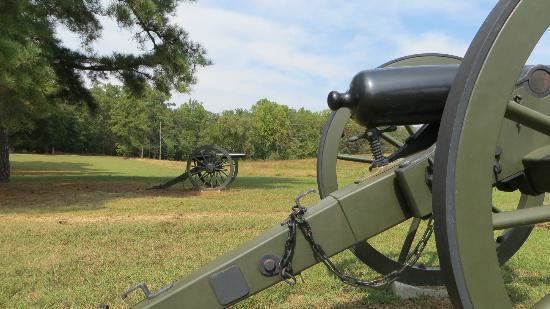
The Seven Days Battles were a series of six major battles which occurred between June 25 and July 1, 1862 near Richmond. The two competing armies were the Army of the Potomac, led by Union General George B. McClellan, and the Army of Northern Virginia, led by Confederate General Robert E. Lee. The battles were the last conflicts of the Peninsula Campaign, in which Union forces attempted to capture the Confederate capital to quickly end the war. The Seven Days Battles included battles at Oak Grove, Beaver Dam Creek (Lee's first battle as commander of the Army of Northern Virginia ), Gaines’ Mill, Garnett's and Golding's Farm, Savage's Station, Glendale, and Malvern Hill (Richmond National Battlefield Park's preserved lands includes Beaver Dam Creek, Gaines’ Mill, Glendale, and Malvern Hill ). Union leaders commonly thought the Confederacy would not be able to contend with the Union military and expected the conflict to be fairly brief and straightforward. During the Seven Days Battles, McClellan quickly realized that he would not be successful in capturing Richmond so soon and began to retreat back to safety. Lee attempted to intercept them at Glendale, but, due to poorly executed orders, Confederate forces could not organize in time and McClellan was able to take a strong defensive position at Malvern Hill. Malvern Hill was an extremely lopsided affair in which Confederate forces futilely attempted to charge directly at strong infantry and artillery defenses. After the battle, Confederate Major General D.H. Hill said "It was not war; it was murder." With Richmond no longer a viable Union target, conflict moved north for the Northern Virginia Campaign and the Maryland Campaign.
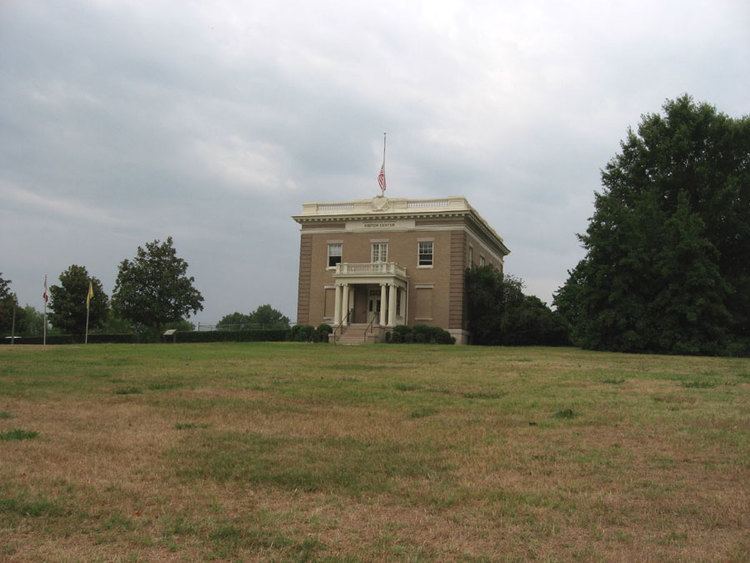
The Overland Campaign again strategically focused on Richmond. However, unlike the Peninsula Campaign, in which the primary goal was to capture Richmond itself, this campaign sought to use the destruction of Lee's army, the city's primary defensive army, to facilitate the capture of Richmond. This campaign again pitted the Union Army of the Potomac, led by General-in-Chief Ulysses S. Grant but formally commanded by Major General George Meade, against the Confederate Army of Northern Virginia, led by General Lee. Grant sought to position his army between his opposing army and Richmond, inviting battle and relying upon the Union's superior ability to replenish resources. While both sides suffered heavy casualties, Lee was able to outmaneuver Grant in early conflicts at the Battles of the Wilderness and Spotsylvania Court House. Conflict gradually approached Richmond and Grant gambled that Lee's forces would be sufficiently exhausted that he would be able to assault the strong Confederate defenses at Cold Harbor (Richmond National Battlefield Park preserves large portion of the Cold Harbor battlefield ). Reversing the roles from Malvern Hill, Union forces suffered disproportionately severe casualties in futile attacks at strong fortifications. However, Grant's army was finally able to outmaneuver Confederate forces in a stealthy crossing of the James River towards Petersburg. The resulting Siege of Petersburg led the Lee's eventual surrender in April 1865 and the end of the Civil War.
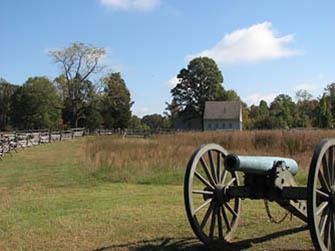
Civilians also suffered throughout the war as battles tore through their properties. Farmlands were often dug up to create earthen fortifications. Many families were forced to let their homes become battlefield headquarters. Martial law and rationing were routine. Disease claimed thousands. Cannon fire was often heard throughout the city. Cemeteries for deceased soldiers began appearing.

On April 4 and 5, 1865, President Abraham Lincoln made a remarkable visit to Richmond as he pressed to conclude the war that had cost over 620,000 lives "with malice toward none, with charity for all…" His assassination days later portended a less charitable course for the aftermath.
Biology and ecologyEdit
Richmond National Battlefield Park is made up of over 2,900 acres divided among thirteen separate park units within Richmond and its surrounding counties. It falls within the coastal plain of Virginia and is bounded by the James and Chickahominy River watersheds.
Much of the park's land was historically cleared for agriculture. In order to maintain portions of this cultural landscape as they would have appeared during the Civil War, the park has kept certain areas open and free of trees. This has created a variety of successional stages and community types throughout the park, ranging from meadow to old-growth forest, creating habitat for a wide variety of birds, mammals, reptiles and amphibians. The park is made up of forest habitat, transitioning from mixed hardwood to pine or mixed oak communities, managed fields, and about 100 acres of leased agriculture.
The park also contains about 15 miles of rivers and streams and over 400 acres of riparian wetland. Although the majority of the park's wetlands are forested, several areas have opened up, most likely due to beaver activity, creating not only stunning scenic views but wonderful habitat for fish, turtles and water birds, such as herons and egrets.
Visitor activitiesEdit
The park operates visitor centers at Tredegar Iron Works, Chimborazo, Cold Harbor, Fort Harrison and Glendale, though the latter two are only open seasonally. The museum at Tredegar, which is the largest of the visitor centers and the most visited site in the park, focuses on the entire Richmond-area Civil War history, both on the battlefield and homefront, while the other smaller museums focus on histories more uniquely specific to their site. Cold Harbor, Fort Harrison, and Glendale all commemorate specific battlefields whereas Chimborazo, the former site of one of the largest military hospitals in the Richmond area, focuses primarily on the practice of battlefield medicine.
The Park includes several miles of trails, primarily at Cold Harbor and Malvern Hill, leading through open and forested landscapes. Trails are accompanied with interpretive displays chronicling the battles which occurred there.
Park unitsEdit
The park consists of 13 units/sites:
Within the city of Richmond, and with significance covering the span of the war, are:
Sites of battles and significance during the 1862 Peninsula Campaign and Seven Days Battles:
Sites relating to the Overland Campaign of 1864 include:
Sites relating to the Richmond-Petersburg Campaign of 1864-65 include:
